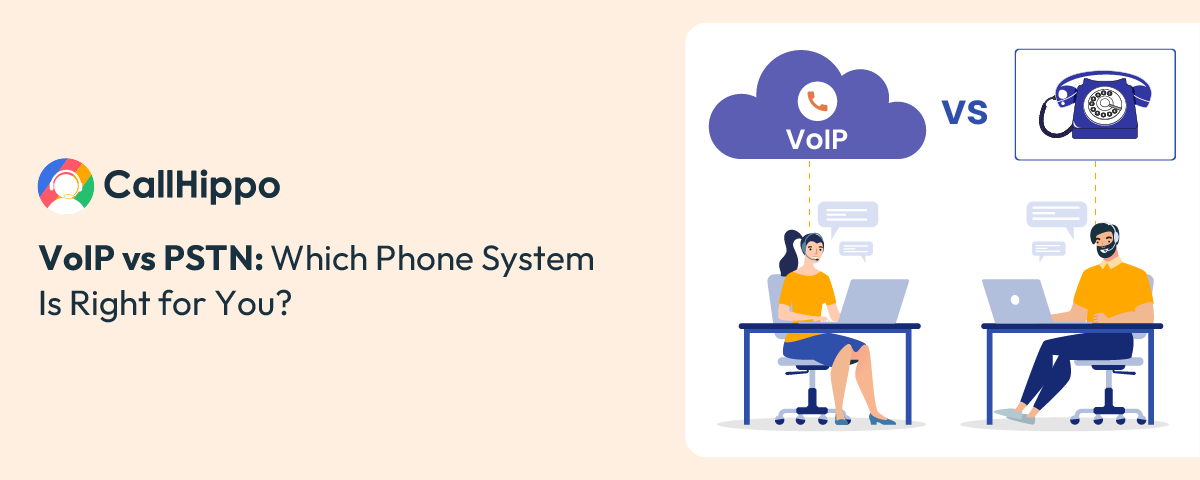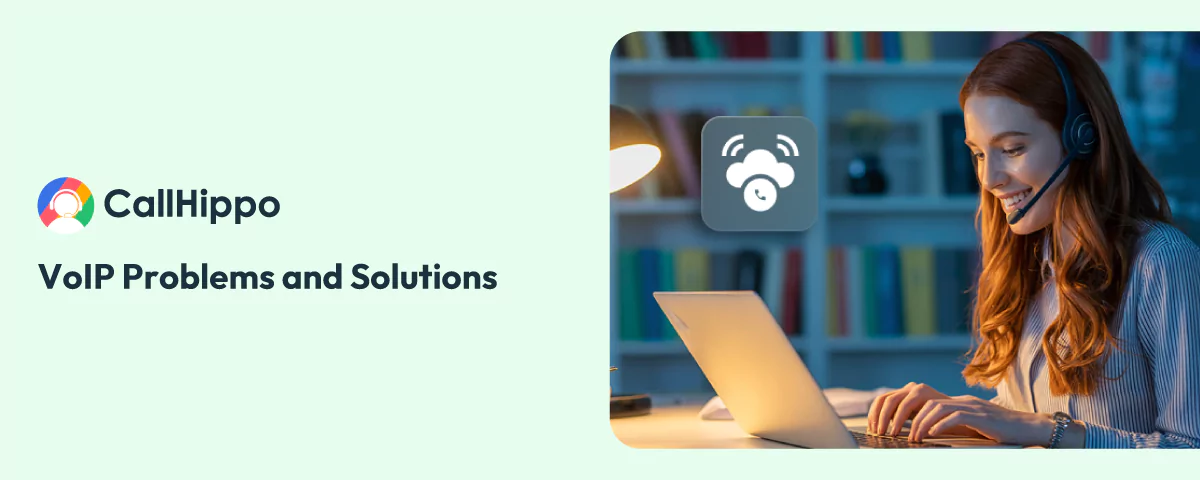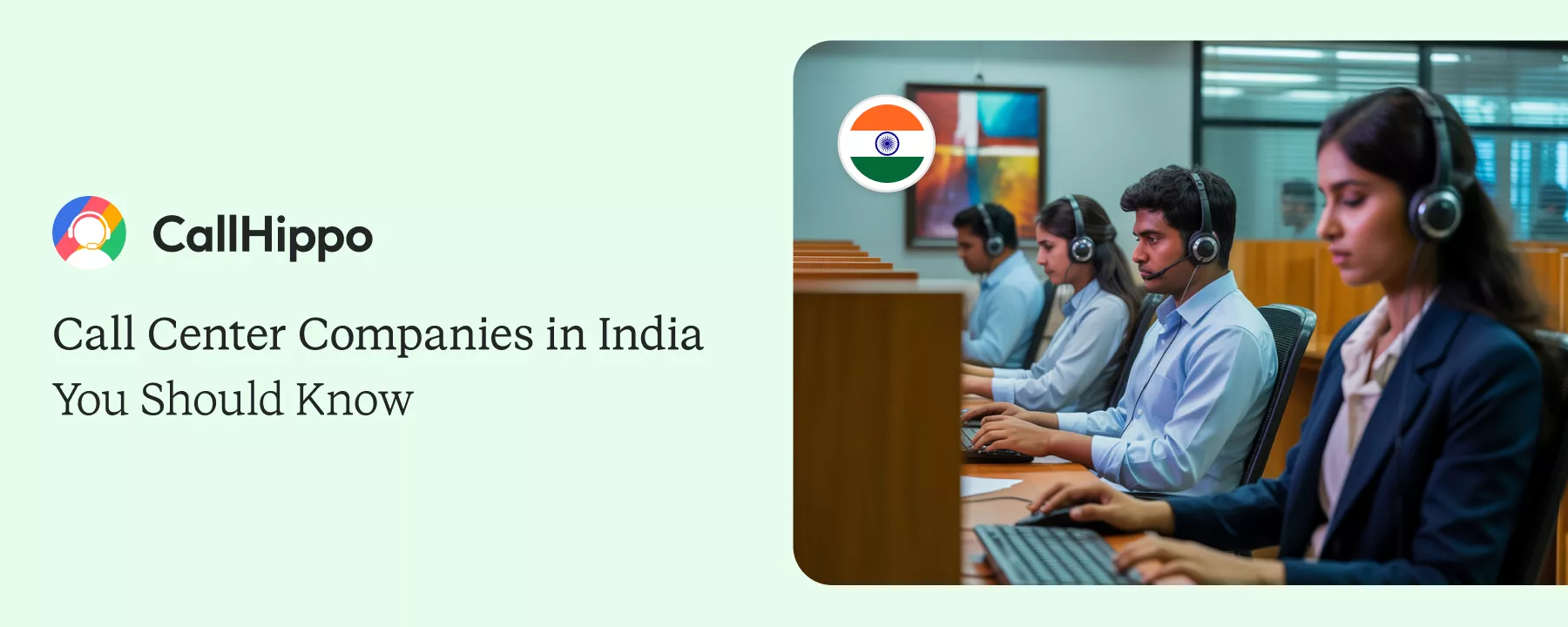WhatsApp has quietly become one of the most important business tools out...


WhatsApp has quietly become one of the most important business tools out...

Did you know Telegram ranks as the third most downloaded messaging app...

For any business to be successful, having an effective communication channel...

The call center industry has shifted its focus to base-level work, serving a...

VoIP has revolutionized the way we conduct business. In a time when we bank on...

Is your company struggling to handle all customer inquiries? And is that...

Effective communication drives the success of any business, and IP phones have...

With more mobile subscriptions than people on the planet, staying connected...

There's no denying the fact that we're more than willing to explore...

Being a social animal, humans enjoy staying in touch with their loved ones,...





